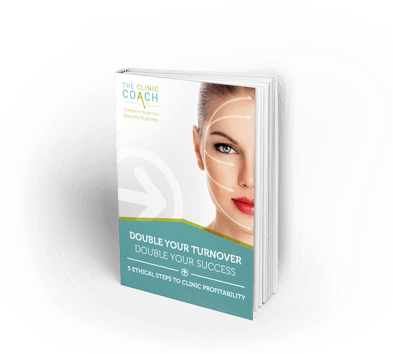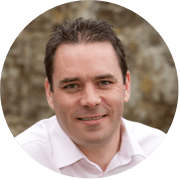It’s a bit of an old cliché saying that your greatest asset is your people, and it’s said that a happy workforce is a productive workforce. Well, the Department of Economics at the University of Warwick carried out some research and demonstrated that happier people were actually 12% more productive, they were able to work quicker and without a drop off in quality.
The best place to work philosophy is all about asking your team ‘If this was absolutely the best place to work, what would it look like?’ Then you can start to build up a picture to work towards. It’s different for every clinic because of the team that you’ve recruited and culture you’ve built, but you might be surprised at how easy and cost-effective implementing some of the requests are, and what a huge difference to morale and the feel of the clinic they bring.
In The Happiness Advantage by Shaun Achor, he cites an experiment which saw doctors given patients’ notes of symptoms and past medical history to diagnose what was wrong with them now. Simple enough, but doctors have to be creative in their problem solving when diagnosing, as inflexibility in thinking has been shown to be a major cause of misdiagnosis (doctors can get stuck in a rut and won’t question the first assumptions in diagnosing a patient, even if there is overwhelming evidence against it).
So, they split doctors into three groups. One group was primed to be happy, the next given medical statements to read, and the last given nothing. The aim of the test was not to see how fast they came up with right diagnoses, but how if affected their ability to come up with the correct diagnosis. What they found was that the doctors primed to be happy correctly diagnosed the patients twice as fast as the control group, and were less likely to get stuck in a rut with their thinking, when compared with both other groups. Now that’s a pretty impressive result!
You may be wondering how the doctors were primed to be happy. Were they given a big pay rise? A free holiday? A new car? No to all. They were actually given a piece of candy which they weren’t even allowed to eat until later, in case the sugar rush somehow affected the results. Just imagine the power of that in your clinic.
By Alan S Adams The Clinic Coach




